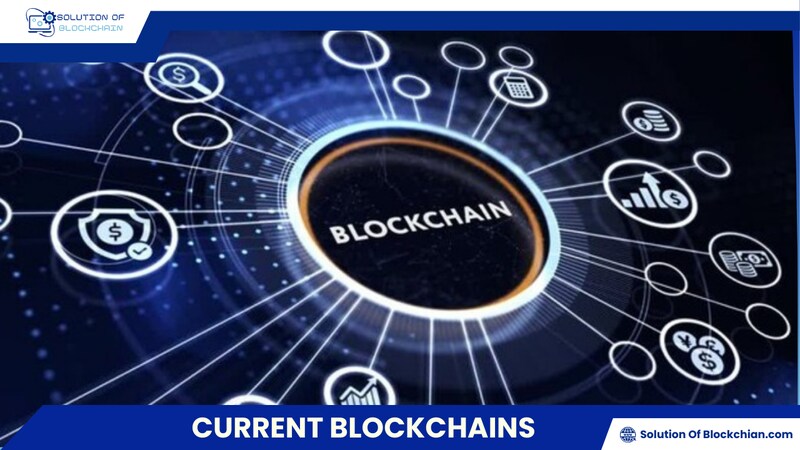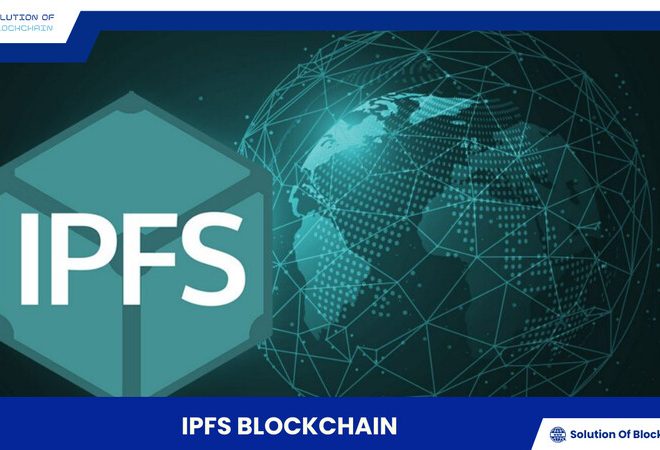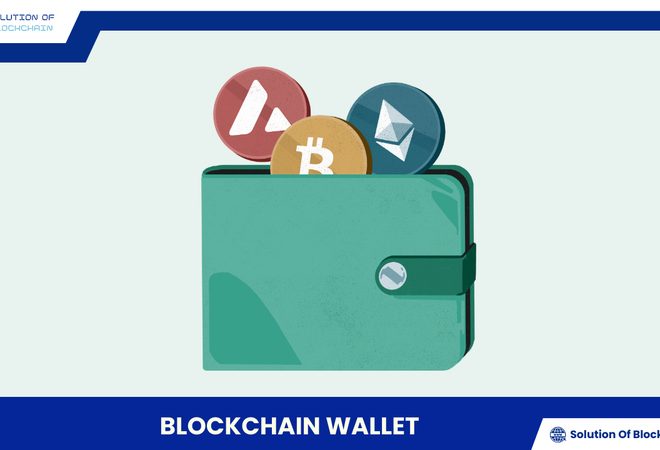
Learn about current blockchains
In the Blockchain technology “race”, Ethereum, Solana, Cardano, BSC,… have risen to lead the market with outstanding advantages and unique potential. So which blockchain is right for you? This article will provide an overview of current blockchains, with in-depth analysis to help you make smart investment decisions.
What is Blockchain?
Before diving into the diverse world of blockchain, let’s first understand its fundamental nature. Blockchain, also known as “distributed ledger technology,” is essentially a decentralized system where data is stored in “blocks” and linked together cryptographically.
Imagine blockchain as a public, transparent, and immutable digital ledger that securely records every transaction, preventing any tampering or fraud. The power of blockchain lies in its four core elements:
- Immutability: Data on the blockchain cannot be altered or deleted, ensuring integrity.
- Transparency: All transactions are recorded publicly and can be verified by anyone.
- Security: Encryption technology protects data from attacks.
- Decentralization: Blockchain operates independently, without reliance on any intermediaries.
Types of Blockchains
Based on accessibility, blockchains are categorized into three main types:
- Public Blockchains: These are “open” blockchains, allowing anyone to join the network, read data, submit transactions, and participate in the validation process. Public blockchains offer transparency, decentralization, and high security. However, they can be slower in processing transactions and sometimes have higher transaction fees. Examples include Bitcoin and Ethereum.
- Private Blockchains: In contrast to public blockchains, private blockchains have restricted access. Only authorized individuals can participate and perform actions on the network. These are commonly used within businesses or organizations that require control over access and internal information security. Private blockchains offer faster transaction speeds and lower costs but sacrifice some transparency and decentralization.
- Consortium Blockchains: These are “hybrid” blockchains, combining elements of both public and private. Consortium blockchains are governed by a group of organizations, allowing them to share and control data collaboratively. They are often used in industries like banking and supply chain management, where cooperation between different entities is essential. Consortium blockchains balance transparency, security, and efficiency.
- Hybrid Blockchains: These combine elements of both public and private blockchains, allowing organizations to customize access and control levels.
Exploring the current Blockchains landscape
The blockchain market is evolving rapidly, with new platforms emerging constantly. Let’s analyze some of the leading blockchains in detail to understand their strengths, weaknesses, and potential.
Ethereum
Ethereum is currently the most popular blockchain, renowned for its vibrant DeFi and NFT ecosystem. It enables developers to build diverse and complex decentralized applications (dApps).
Strengths
- Large and supportive community
- Rich DeFi and NFT ecosystem
- High flexibility and wide range of applications
Weaknesses:
- High transaction fees (gas fees)
- Relatively slow transaction speeds
- Scalability limitations
- Ethereum 2.0 is currently being implemented to address these issues, promising improved performance and scalability.
Applications:
- DeFi (Decentralized Finance): Lending, borrowing, staking, etc.
- NFTs (Non-Fungible Tokens): Digital art, game items, etc.
- dApps (Decentralized Applications): Games, financial applications, etc.
- Tokenization of assets
Binance Smart Chain (BSC)
Binance Smart Chain (BSC) is a blockchain developed by Binance exchange, compatible with the Ethereum Virtual Machine (EVM). BSC attracts users with its fast transaction speeds and low fees.
Strengths:
- Fast transaction speeds
- Low transaction fees
- EVM compatibility, facilitating easy application deployment
Weaknesses:
- Centralization, dependence on Binance
- Security concerns remain a topic of debate
Applications:
- DeFi: Low-cost DeFi projects
- NFTs: Thriving NFT marketplace
- GameFi: Blockchain games
- Cross-chain projects
Solana
Solana is a next-generation blockchain with groundbreaking technology, enabling thousands of transactions per second at extremely low costs.
Strengths:
- Extremely fast transaction speeds
- Very low transaction fees
- Advanced technology with high growth potential
Weaknesses:
- Has experienced network outages in the past
- Ecosystem not as diverse as Ethereum’s
Applications:
- DeFi: High-speed DeFi applications
- NFTs: Vibrant NFT marketplace
- GameFi: Platform for blockchain games
- Web3: Next-generation decentralized applications
Cardano
Cardano is a blockchain project built on scientific research, focusing on security, sustainability, and scalability.
Strengths:
- High security, rigorously tested
- Scientific approach, clear development roadmap
- Sustainable and environmentally friendly
Weaknesses:
- Slower development pace compared to competitors
- Ecosystem not yet fully mature
Applications:
- DeFi: Secure and sustainable DeFi applications
- Digital identity
- Supply chain management
- Smart contracts
Other notable emerging Blockchains
Besides the prominent names mentioned above, the current blockchain landscape also features several other promising platforms:
- Polkadot: A multi-chain network connecting different blockchains.
- Avalanche: A high-speed, low-cost smart contract platform compatible with Ethereum.
- Cosmos: The “Internet of Blockchains,” connecting independent blockchains.
- Polygon: A layer-2 solution for scaling Ethereum.
- Aptos & Sui: Two layer-1 blockchains using the Move language, focusing on speed and scalability.
- Near Protocol: A layer-1 platform with a thriving DeFi ecosystem.
- Flow: A blockchain specialized for NFTs and GameFi.
Choosing the right Blockchain for investment
Selecting a blockchain for investment depends on various factors. Here are some key criteria to consider:
- Purpose: What do you intend to use the blockchain for? (DeFi, NFTs, dApps, etc.)
- Scalability: How many transactions per second can the blockchain handle?
- Transaction Speed: How fast are transactions confirmed?
- Transaction Fees: How much do you have to pay for each transaction?
- Security: Is the blockchain secure and resistant to attacks?
- Community and Ecosystem: Is there a large and supportive community? Is the application ecosystem diverse?
- Growth Potential: Does the blockchain have a strong development team and a clear roadmap? Is the technology advanced and have high application potential?
- Macro Factors: Regulations, market trends, and competition also influence a blockchain’s potential.
Today’s blockchains are driving a technological revolution with immense potential across various sectors. Choosing the right blockchain for investment is a crucial decision that requires careful research and consideration of factors like purpose, scalability, speed, cost, security, and growth potential.
The cryptocurrency and blockchain market is still young and carries inherent risks. Before investing, equip yourself with solid knowledge, thoroughly evaluate the factors, and always manage risks effectively. Diversifying your investment portfolio is also crucial to mitigate risk and optimize returns.
With the continuous advancement of technology, current blockchains promise to continue transforming the world and unlocking new opportunities for investors. Seize the moment and join the blockchain revolution today!
Stay tuned to Soltion Of Blockchain for more updates on blockchain and the investment market.






